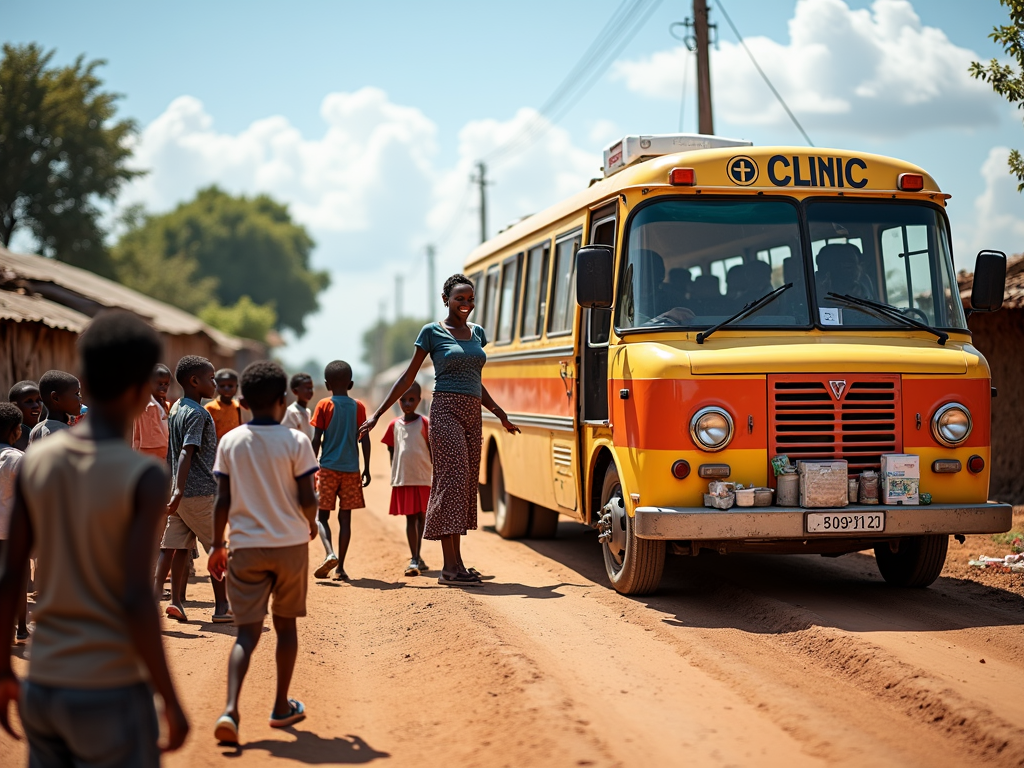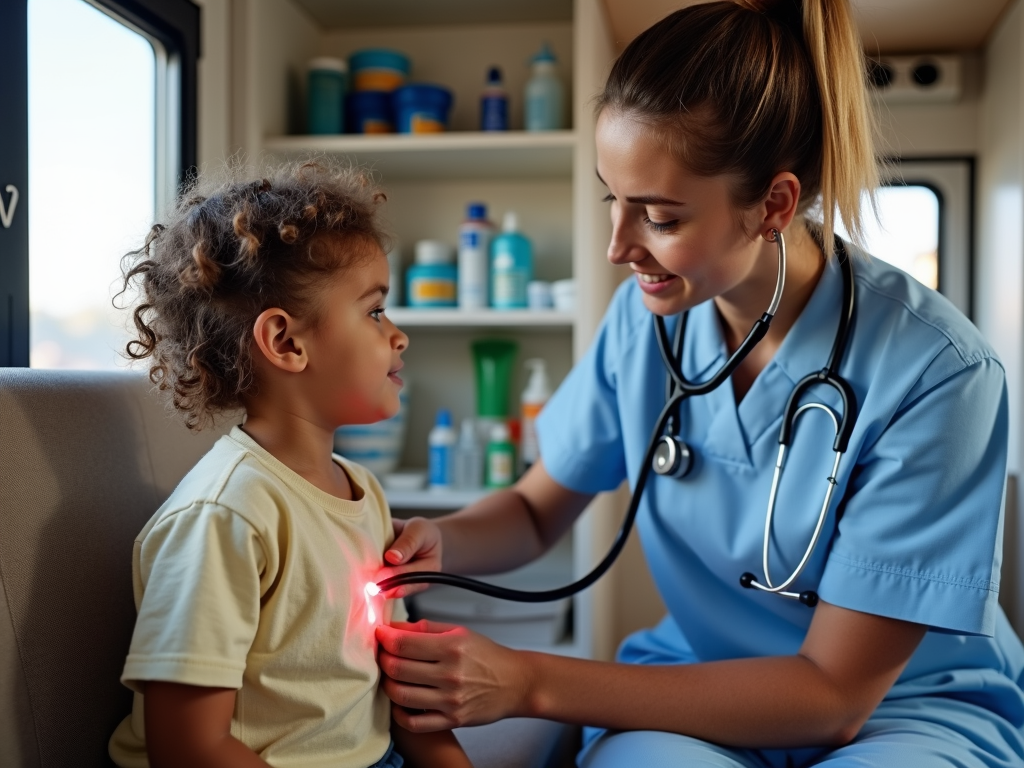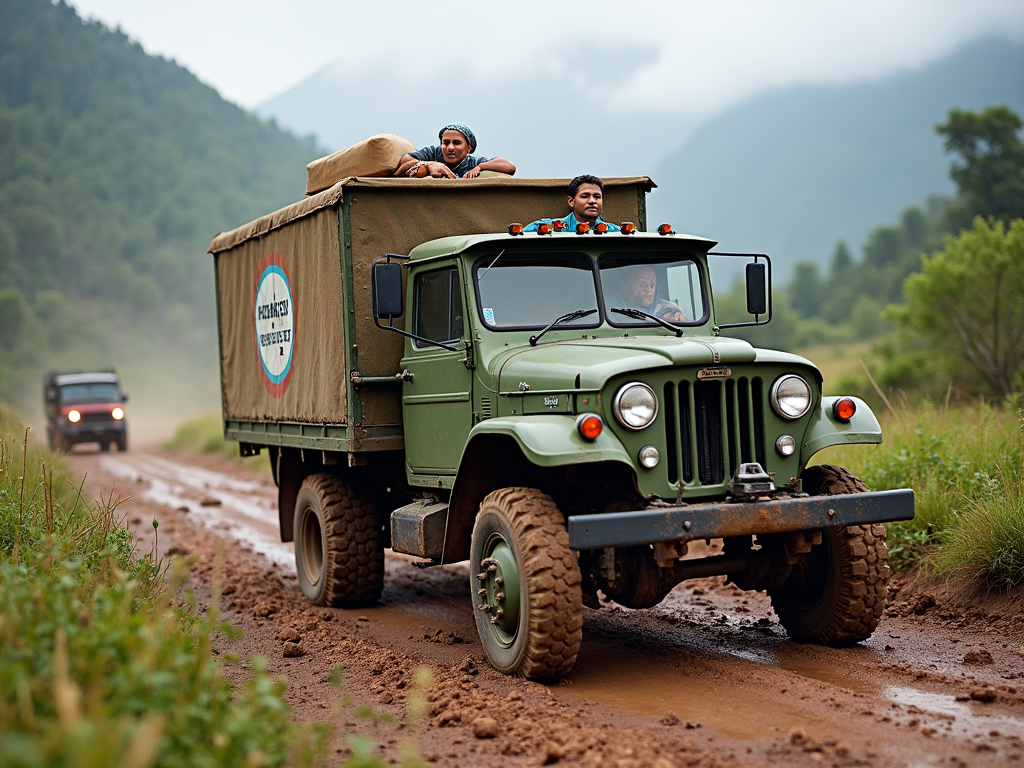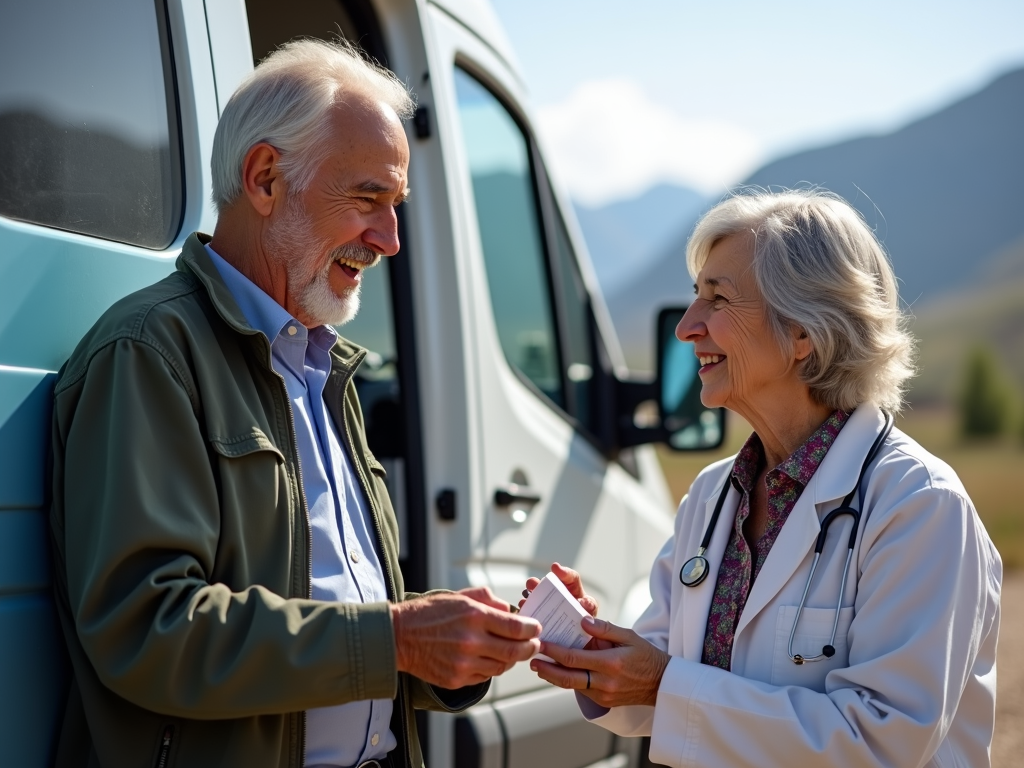Mobile clinics are a game-changer for people in remote and underserved areas. These traveling healthcare units bring medical services right to your doorstep, breaking down barriers like distance and cost. They ensure everyone gets a fair shot at quality care, no matter where they live.

Picture this: you live in a rural town, miles from the nearest doctor. Getting there means a long drive—hours, sometimes—over rough roads. Public buses? Rare or nonexistent. If you don’t own a car, or can’t afford gas, you’re stuck. These barriers to access to care in rural areas hit the elderly, disabled, and low-income families hardest. With fewer clinics nearby, wait times stretch long, and many just skip care altogether.
That’s where Mobile Clinics: Bringing Care to Remote Areas step in. These clinics-on-wheels pack modern tools—think exam tables, diagnostic kits, even mini labs—and roll into places traditional healthcare can’t reach. Staffed by doctors, nurses, and specialists, they deliver everything from check-ups to vaccinations. It’s a lifeline for communities cut off from hospitals.

What do mobile clinics offer? A lot. They handle basic needs like blood pressure checks and flu shots. But many go further—dental cleanings, mental health counseling, even prenatal care. Some focus on specific issues. For instance, a mobile unit in Appalachia might target diabetes, offering tests and diet tips tailored to local needs. This flexibility boosts access to care in ways that matter most.
The ripple effect is huge. Regular visits from mobile clinics keep small health problems from turning big. Catching high cholesterol early beats a heart attack later. This proactive care cuts emergency room visits and saves money—for patients and the healthcare system. It’s a win for community health, keeping towns stronger and more resilient.

Mobile clinics do more than treat symptoms—they educate. Picture a team setting up a tent, handing out flyers, and teaching folks how to spot early signs of illness. In one remote Kenyan village, a clinic taught families to manage malaria with bed nets and medicine. Cases dropped, and people felt empowered. That’s health equity in action—giving everyone the tools to thrive.
Trust matters, too. In places wary of outsiders or big hospitals, mobile clinics feel familiar. They show up consistently, learn names, and listen. I heard about a farmer named John in rural Texas. He avoided doctors for years—too far, too costly. Then a mobile clinic parked near his field. The staff’s kindness won him over; now he gets regular check-ups.

Here’s a real story: Maria, a mom in northern Alaska, noticed her son’s cough wouldn’t quit. The closest hospital was a day’s trip—impossible in winter. Then a mobile clinic rolled into her village. The doctor found pneumonia, treated it fast, and taught Maria how to keep it from coming back. ‘I felt so relieved,’ she said. That’s the human side of mobile clinics.
Why does this matter for health equity? Because healthcare shouldn’t depend on your zip code. Mobile clinics level the playing field. They meet people where they are—literally and culturally. Healthier individuals mean stronger communities. Kids stay in school, parents keep working, and towns grow. It’s a simple idea with big impact.

Running these clinics isn’t easy. Money’s tight—vehicles, fuel, and staff add up. Finding doctors willing to travel can be tough, too. But partnerships help. Governments, charities, and businesses pitch in, keeping the wheels turning. Tech’s a boost, too—telemedicine links patients to specialists miles away, and digital records track care over time.
Despite the hurdles, mobile clinics shine. They prove healthcare can adapt and care can reach anyone. They’re hope on wheels for remote areas, tearing down barriers to access to care in rural areas. By focusing on health equity and community health, they don’t just treat people—they transform lives.
Key Services of Mobile Clinics
Here’s a quick look at what they bring: - Primary Care: Check-ups, shots, chronic illness care - Specialty Services: Dental, mental health, women’s care - Education: Nutrition, disease prevention - Screenings: Blood pressure, diabetes, vision

In short, Mobile Clinics: Bringing Care to Remote Areas are a lifeline. They tackle distance, cost, and distrust, delivering care where it’s needed most. They build healthier, fairer communities—one visit at a time. Want to help? Support local programs or spread the word. Every bit counts.
Discuss Here